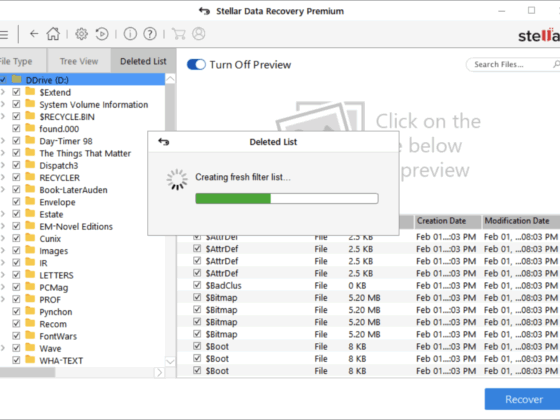
PTZ cameras are some of the best production cameras in the world. Professional studios worldwide use these cameras for high-end streaming and production. If you’re new to the world of production, there are a few things to know before investing in a PTZ.
What is a PTZ camera?
First and foremost, PTZ stands for (pan-tilt-zoom). Refined controls (more on that below) allow you to capture scenes like never before. If you’re choosing your first camera, you’ll want to start with the type of camera before considering your current network requirements.
Types of PTZ cameras
Whether you need a PTZ camera for live streaming or a high-end production, multiple types are available to help you meet your production goals. The following types of PTZ cameras exist:
· SDI
· HDMI
· DVI
You’ll find an array of PTZ 4K cameras that offer different connection options, including audio ports, HDMI, RS-232. DVI, SDI and others. You can also find a special outdoor PTZ camera that is designed to work in outdoor environments.
Requirements for the network
Your network requirements are 100% dependent on the level of quality that you’ll be producing. Traditionally, 100 Mb/s is more than enough for a 1080p30 stream, but the demand can be even lower if using NDI solutions. However, the general rule of thumb is to use a 1G network to provide the best audio and video possible.
Network requirements that go beyond speed depend on the underlying technology used. NDI-enabled solutions will allow you to use single cables, switches and other equipment that you already have in place without needing an upgrade.
Streaming protocols
What streaming protocol should you use? RTMP will be the most common because it is what major live video stream platforms require, including YouTube and Twitch, among many others.
However, RTMPS is becoming more popular because it introduces a new level of security that isn’t available in the standard version.
You’ll want to keep the new protocol in mind when choosing a camera because cameras built before May 2019 are unlikely to support RTMPS. But there’s good news: a simple firmware update is all you’ll need to begin using this new streaming protocol.
Resolution and zoom
Are you unsure of the resolution and zoom that you need for your PTZ camera? If so, you’ll want to know what you’ll be using the camera to produce. For example, mounting position will impact your field-of-view (FOV) and ability to zoom properly. If you’re concerned about FOV, you’ll find optical zoom options that include:
· 10x – 30x
Choosing the right PTZ camera requires knowing what you need in terms of zoom and even long-range transmission needs. In addition, choosing the right IP PTZ will require you to know if you want to use the camera for just home use or professional use.
Control
Control is the difference between a professional and novice using a PTZ tracking camera. If you don’t master the control aspect of the camera, you’ll never have the crisp quality that professionals can achieve.
Traditionally, there are three primary forms of control with a PTZ camera to consider, including:
· Joystick
· WebGUI
· IR
If you’re just starting out with a PTZ camera, IR will be your main option because it comes with most cameras. As a result, you won’t need any additional equipment to use and master IR.
Next, WebGUI provides a web GUI that allows you to control the camera using an intuitive interface that has all of the same options of IR.
When using both of these control methods, you can utilize the preview screen to adjust your audio, tilt, pan and zoom.
Finally, if you need more refinement and control, you’ll want to use the Joystick method. Of course, there’s a higher learning curve to use this method, and you’ll need to use an RS-232 connection for short-range control.
You can extend your control range by using an IP joystick, which empowers you to use any camera on your network, control them one-by-one and maintain precise control the entire time.
If you’re considering a PTZ camera, you’ll find that these cameras empower production teams with enhanced control, compatible solutions and less demanding hardware. So, whether you’re streaming a high-end concert or live broadcast, a PTZ can help make the process easier for your team.







